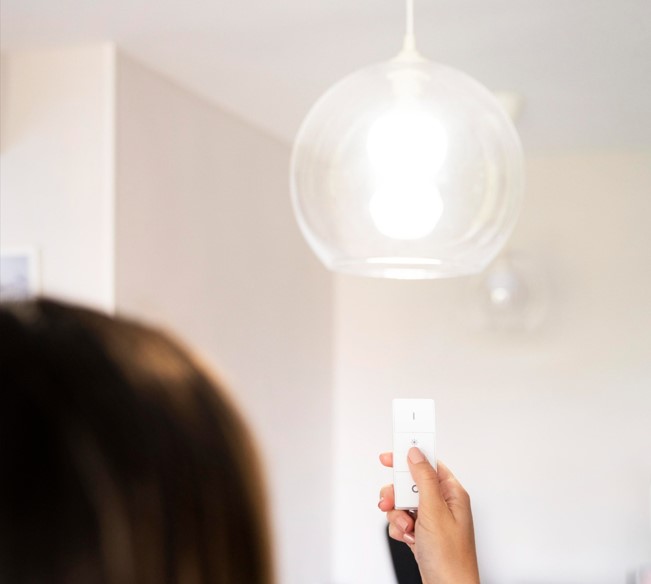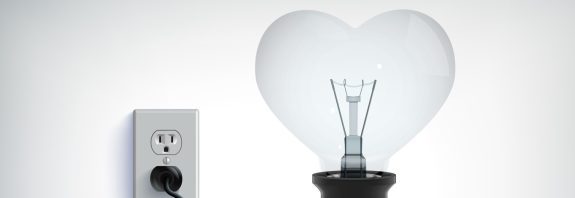How does an LED lamp work?

How does an LED lamp work? Light-emitting diode lamps (LED) are one of the most popular and efficient forms of lighting in the modern world. They are used in various places – from home lighting to large industrial complexes. In this article, we’ll take a look at exactly how LED bulbs work and why they’re a better choice over conventional bulbs.
How does an LED lamp work – the basic principles of operation of an LED lamp
The LED lamp works on the principle of electroluminescence. LEDs have a semiconductor crystal that contains electrons and holes. When an electrical voltage is applied to the crystal, electrons and holes begin to move from one edge of the crystal to the other. During this movement, the electrons move to a lower energy level and emit photons of light. The color of the light depends on the material from which the semiconductor is made.
To create white light, LED lamps use three main colors of light – red, green and blue. When red, green, and blue light are mixed in certain proportions, they create white light. This process is called 3D color mixing.
The main advantages of LED lamps
One of the main advantages of LED lamps is their high energy efficiency. They use significantly less energy than traditional lamps, which allows you to reduce electricity costs and reduce carbon dioxide emissions. Also, they have a much longer service life compared to ordinary lamps, which allows reducing the costs of their replacement.
In addition, LED bulbs do not contain mercury, which is harmful to the environment and human health. Making them a more environmentally friendly choice. They also don’t get as hot as regular bulbs, which reduces the risk of fire.
In addition, LED lights can be manufactured in various shapes and sizes. Allowing them to be used in a variety of locations, including small spaces and complex structures. They also have the ability to adjust the brightness of the light and the color temperature. Which allows you to adjust the lighting to your own needs and mood.
However, as with any technology, there are some drawbacks to LED lights. For example, they can be more expensive compared to ordinary lamps. Also, although they do not contain mercury, they contain other harmful substances such as lead and cadmium. Which can be harmful to health if they enter the environment.
Conclusion
LED lamps are an efficient, environmentally friendly and long-lasting lighting option. They have significant advantages over conventional lamps, such as low power consumption, no mercury, the ability to adjust brightness and color temperature, and use in complex structures and small spaces.
However, before choosing an LED lamp, it is important to consider all its characteristics and consider your needs and requirements. For example, if you are looking for a lamp for decorative lighting, it is important to choose a lamp with a convenient shape and color of light.
It is also important to consider that LED lamps have different brightness and color temperature. Brightness is measured in lumens, and the more lumens, the brighter the light. Color temperature is measured in kelvins, and it determines the color of the light – the more kelvins, the colder the color of the light, and the lower the kelvins, the warmer the color of the light.
In addition, it is important to pay attention to the size of the lamp, as it can affect its efficiency and decorativeness. It is also important to consider the life cycle of the lamp and its cost, as LED lamps may be more expensive compared to conventional lamps, but their electricity and replacement costs are lower.
Overall, LED bulbs are an economical and environmentally friendly lighting option that has significant advantages over conventional bulbs. They can be used in different places and have different shapes and sizes.









